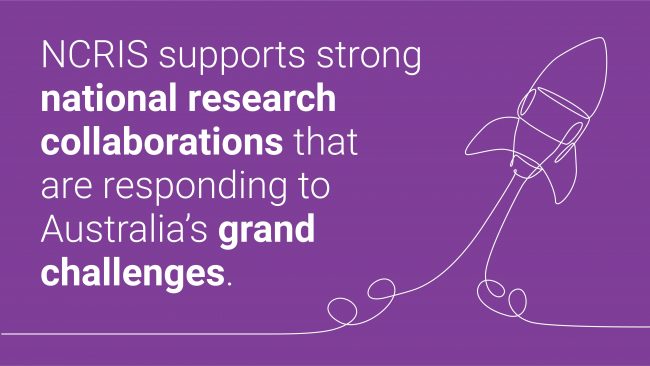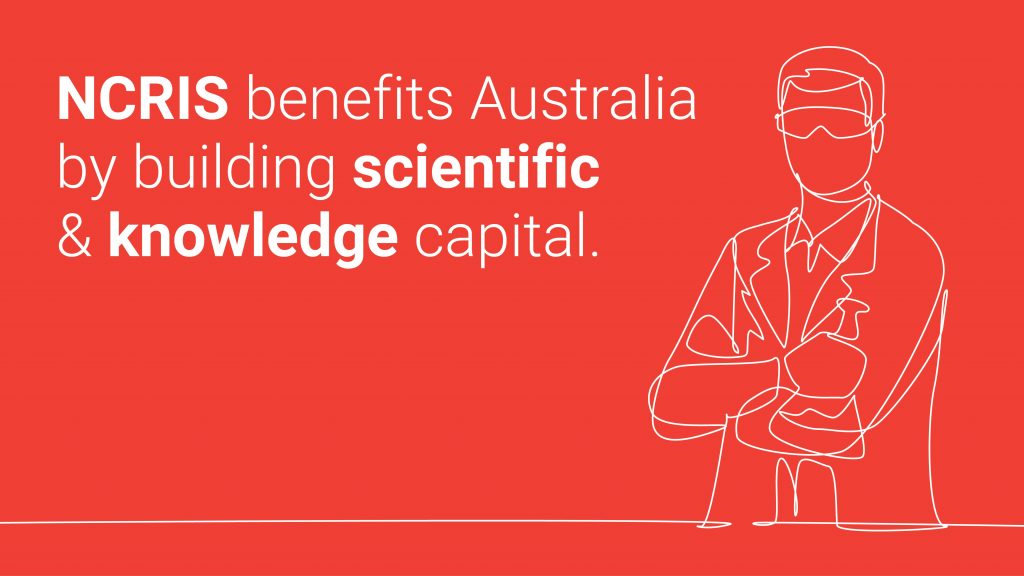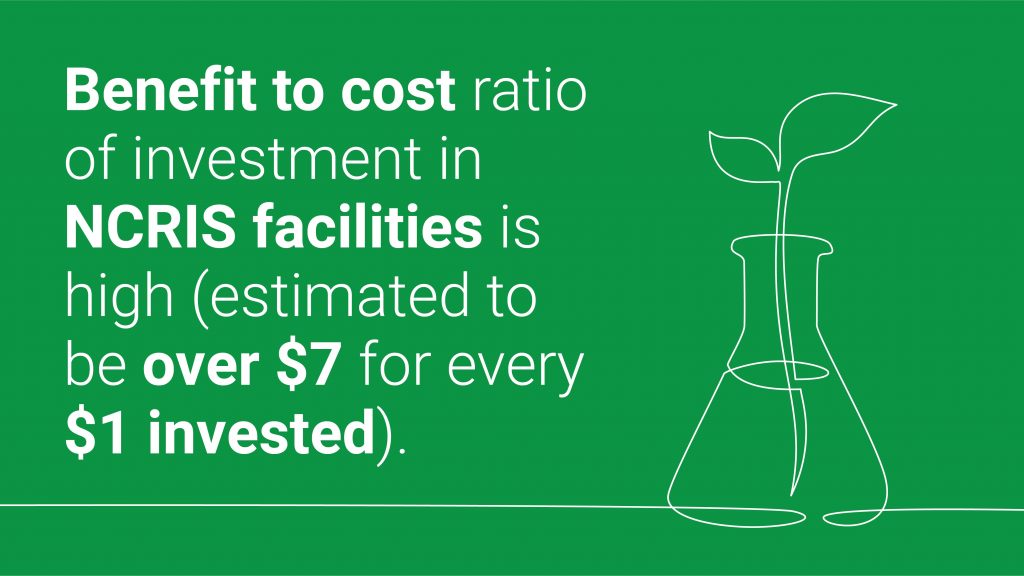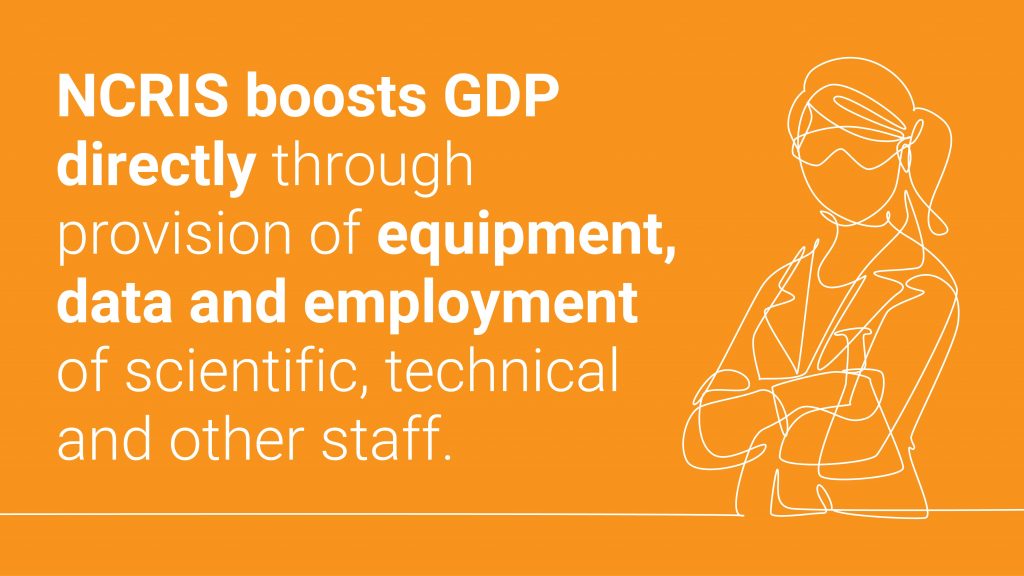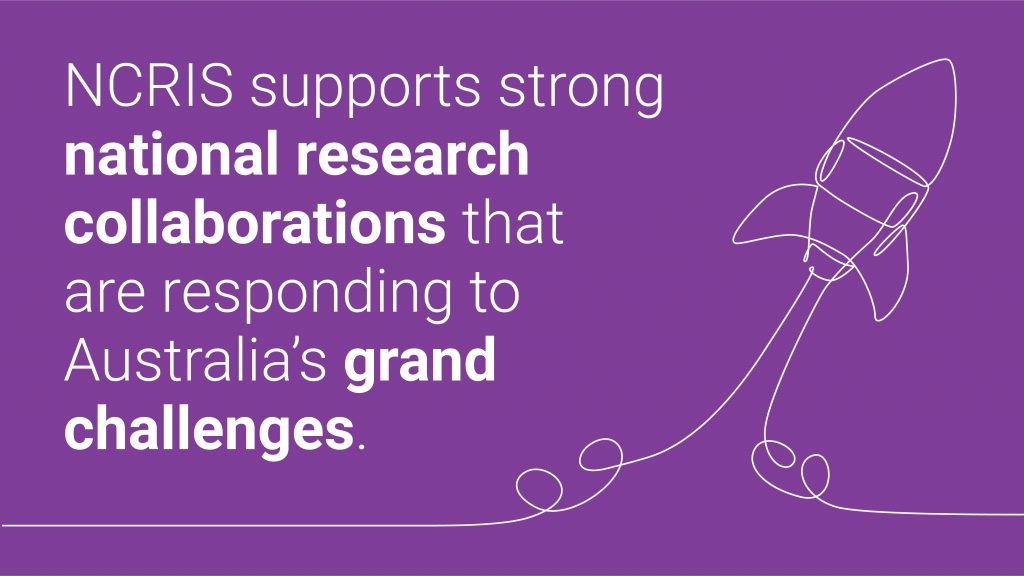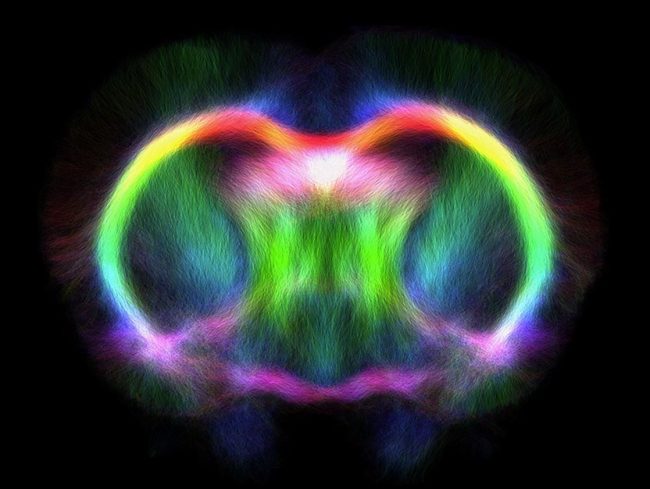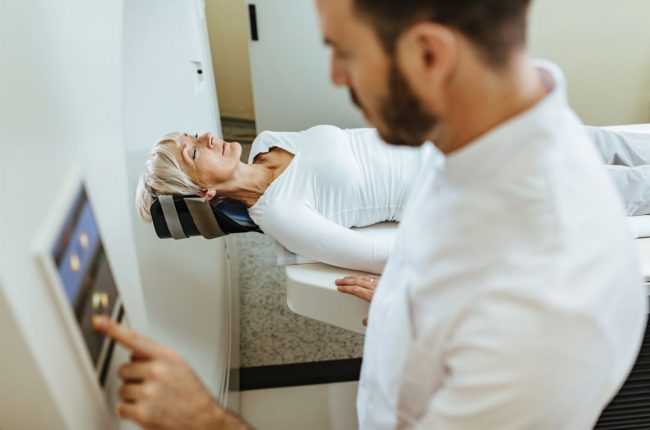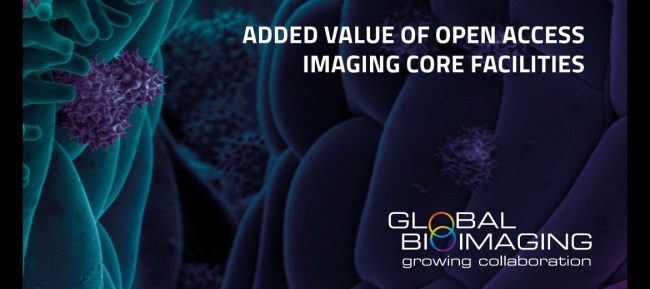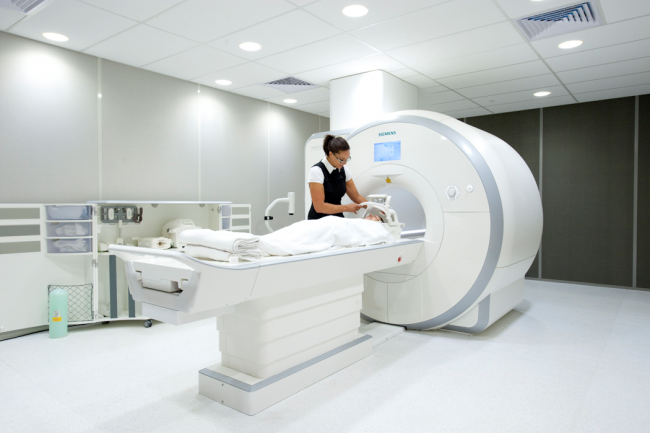Expressions of Interest: Appointments to the National Imaging Facility Governance Board
Expressions of Interest: Appointments to the National Imaging Facility Governance Board
APPLY HERE: Provide strategic direction and aid the development of Australia’s advanced imaging network
Today the National Imaging Facility (NIF) Governance Board launched an Australia-wide campaign to appoint two new members, commencing from 1 July 2022.
NIF is Australia’s advanced imaging network. NIF provides open access to flagship imaging equipment, expertise, tools, data and analysis.
NIF’s mission is to make unparalleled imaging capabilities accessible to Australian clinical researchers, materials and agriculture scientists, and for Australian industry sectors in these fields.
The independent NIF Governance Board (the Board) provides oversight and strategic guidance for all NIF activities and investments.
Expressions of interest from qualified and experienced directors are being sought to add a diverse range of skills and interests to support the Board’s development.
Specific areas of interest include, but are not restricted to:
- Strong financial, audit and risk qualifications
- Clinicians understanding new areas of disease development that require imaging
- Commercial expertise, especially within the med tech environment
- Industry engagement in areas requiring imaging expertise
Applications are particularly encouraged from candidates based in Western Australia and South Australia to increase the geographical representation of the Board, and those who bring relevant experience to the challenges and opportunities in rural and remote Australia
Board members are appointed to the remunerated positions for a term of up to three years. Four Board meetings are held each year, and members are expected to join Board Committees supporting the work of the Board and contribute their time and enthusiasm to the work of the Board and promoting and supporting NIF.
Read the full position description here.
For more information about the positions and to apply, visit Seek.
Applications are due by COB 1 April 2022. Enquiries may also be sent to Bec Dickson, Senior Administration Officer.



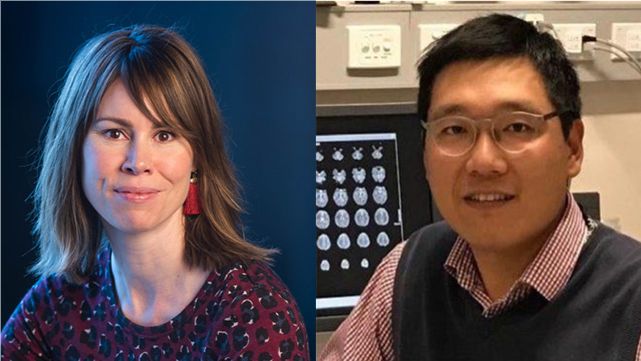



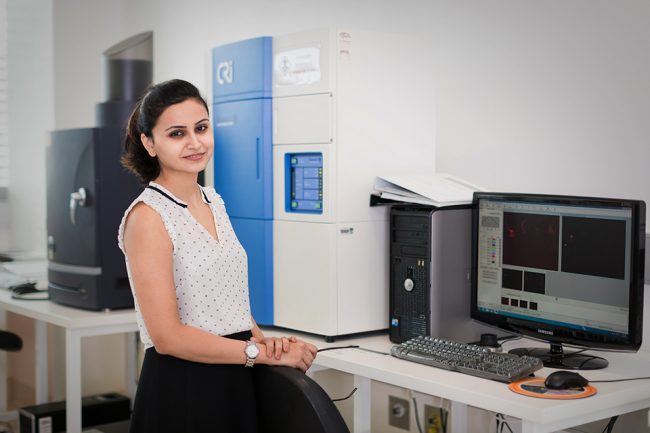
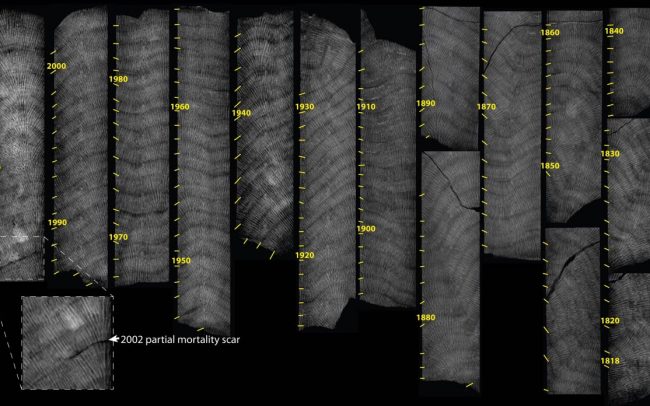 Image: Coral stress band imaging, as part of Diana’s work assisting researchers with the study of acclimatisation of reef-building corals
Image: Coral stress band imaging, as part of Diana’s work assisting researchers with the study of acclimatisation of reef-building corals
